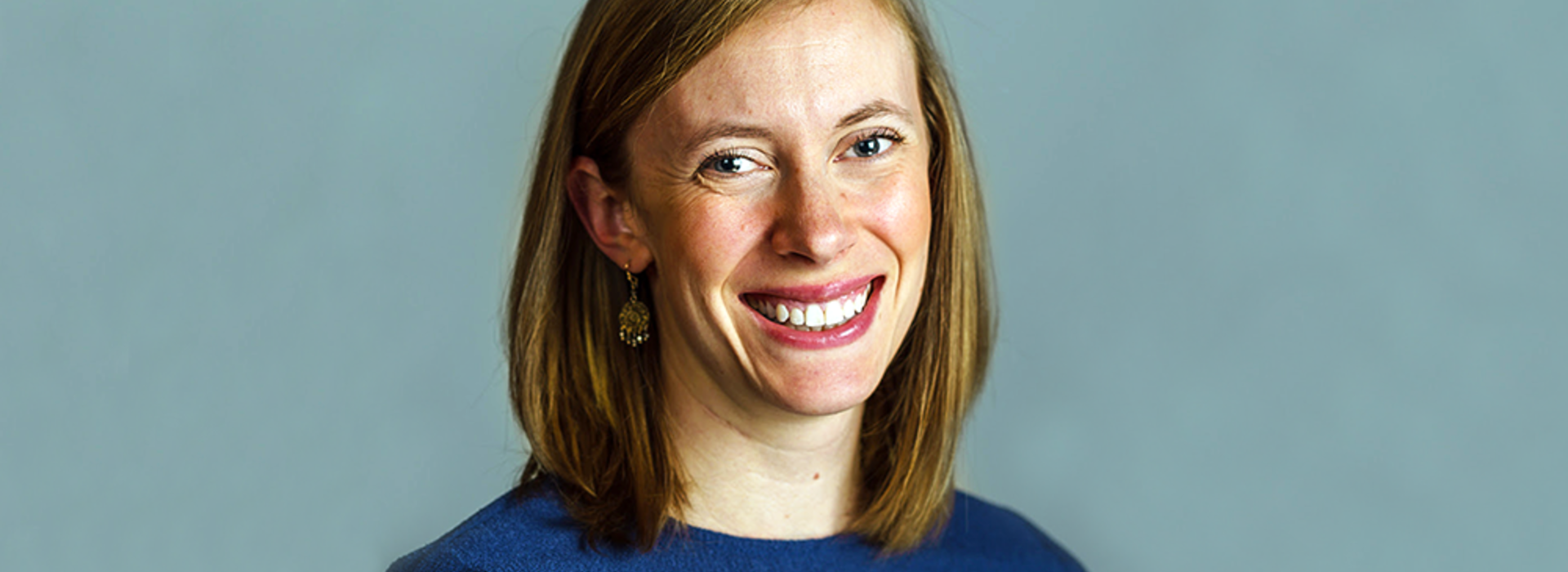
BIRCWH Scholar is Studying Sex Differences in Autism Spectrum Disorder Symptom Progression and Presentation
Catherine Burrows, PhD, LP, assistant professor in the Department of Pediatrics, has been appointed as a National Institutes of Health K12 Building Interdisciplinary Research Career in Women's Health (BIRCWH) Scholar. Her project will focus on characterizing sex differences in autism spectrum disorder (ASD) symptom progression and presentation.
Previously, she was involved in the Center for Women in Medicine and Science’s (CWIMS) Early Pathways program. She had great experiences in that program, and after recognizing that the BIRCWH program contained much of the same leadership, she decided to apply.
“I had already started to work on a couple different projects that studied sex differences in autism, so this was a really good fit with my interests,” Dr. Burrows said.
Kait Macheledt, administrative associate for CWIMS and the BIRCWH Women's Health Research Program said, “At large, the BIRCWH program impacts the career trajectory of the scholars involved. Post-BIRCWH award scholars have impressive rates of being independently funded R-level grants, achieving tenure and leadership positions. This trend is consistent within our U of M institutional program, which shows the majority of our scholars receive NIH funding after completing the BIRCWH and are promoted.”
Dr. Burrows hopes to optimize assessment tools for identifying ASD in females and to characterize neural biomarkers for ASD in females. The Autism Diagnostic Observation Schedule (ADOS) is a set of standard assessments involving activities that researchers and clinicians can conduct with a child. For young children, it’s often very play-based. The ADOS is widely considered the gold standard for autism diagnosis, yet it’s unknown if it measures the core symptoms of autism comparably between sexes.
“We let the kids play and see how they’re interacting with parents or the examiner. We do other activities like seeing how they respond to their name or whether or not they respond to someone directing their attention across the room. We know that there are good measures for diagnosing autism, but no one has been able to do this type of fine-grain test to see if we’re measuring autism symptoms equally in males and females,” Dr. Burrows said.
The BIRCWH Scholars program enables Dr. Burrows to conduct her research much faster than what would’ve been possible without the additional resources.
“This grant is allowing me to dedicate 75 percent of my time to this research. For example, today, if I didn’t have this grant, I would allocate more time to autism evaluations. Instead, I get to read through studies and analysis that will help get our research project out of the door much quicker,” Dr. Burrows said.
The project utilizes two sets of research data, both of which collect data on the younger siblings of children with ASD who have a higher likelihood of developing autism. She is using data from the Baby Siblings Research Consortium (BSRC), a collection of data on the siblings of children with autism, and the Infant Brain Imaging Study (IBIS), a multi-site study that analyzes behavior and brain development starting at six months through school age. These samples will help detect sex differences in autism presentation without having the referral-bias of community samples (which typically have more males relative to females).
“My hypothesis is that there are a lot of girls with ASD that are being missed early on in development. This could be because the tools aren’t as sensitive in detecting autism in young girls,” Dr. Burrows said.
When researchers are selectively monitoring for autism in girls, they’re more likely to see it. The BIRCWH project hopes to negate these discrepancies by improving the first steps in the process. Intervention and treatment are dependent upon diagnosis, and diagnosis is dependent upon a clinician’s assessments. If the assessments can be improved, then hopefully the care children receive will improve with it.
“I see this helping in a couple different ways. For young girls with strong language skills, it can be really hard to make the call on whether or not they have autism. A lot of times, kids will score right on the cusp of the cut-off for autism, and then we have to wait six months or a year to see, which ends up being wasted time when they’re not getting intervention services,” Dr. Burrows said.
Without those services, kids can continue to fall behind, making a correct and timely diagnosis imperative to keeping them on the right track.
“We know that diagnosing early helps kids get intervention services sooner and that really sets them on a positive trajectory for later development. Kids who have access to high-quality, early intervention have fewer intellectual impairments later on, higher language skills and better adaptive skills, such as caring for themselves on their own. It helps in a lot of areas,” Dr. Burrows said.